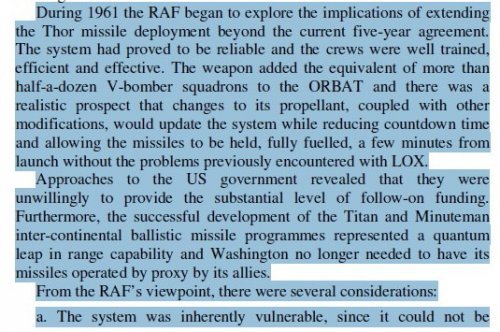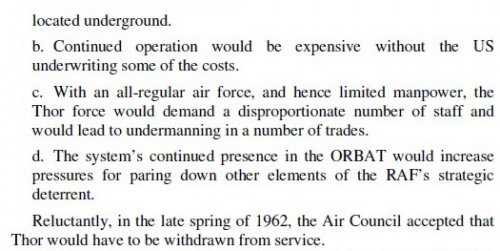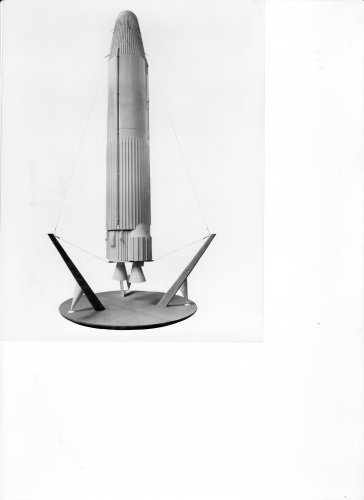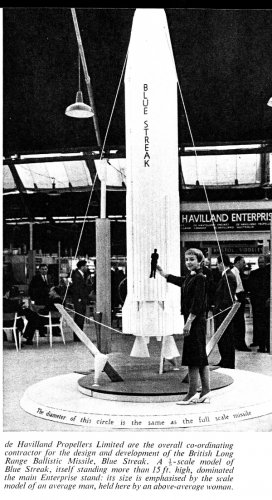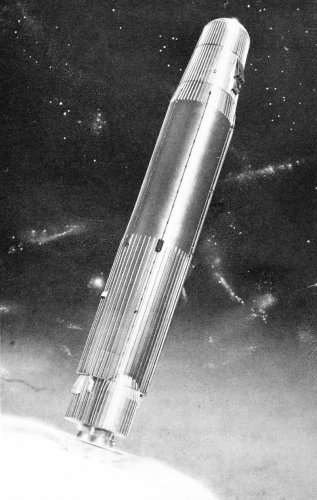Spark: all that conspiracy stuff really won't do. Civil engineering takes worst case as standard: see current closure/restricted use of Hammersmith flyover until it can be beefed to take 4 rows of tank transporters. We initiated Blue Streak by drawing extensively on US IRBM/ICBM data; we retained it, pointlessly, after getting near-free Thor and failing to think through silo-siting, first strike/second strike. UK was tasked by Saceur (with whom Bomber Command was target-integrated from 1/5/58 *) with a target quota fluctuating around 104, of which 59 were to be addressed by the armed Thors, then by Blue Streak, the others by Blue Steel, then Skybolt. That lot broke the bank and was beyond industry's capability, inc. that of AWRE/ROFs to produce warheads. (See H.Wynn for targets; see R.Moore, Nuclear Illusion, Nuclear Reality for stumbles in UK Big Bangs).
What to do with hundreds of IRBMs? 50 IRBMs a year is a chimera: why, where, show me the holes? No Commonwealth SLV: show me the money. No ICBM Streak: why would we want such a thing? Eastern England is at IRBM range from the Donetz Basin. And it would be beyond DH's wit (see CNH's quote, P.107: "extremely difficult and unsatisfactory"): after we started to try to do it as IRBM, Martin, Lockheed and Boeing left us standing, onway to SLBM/ICBM.
There is confusion here between the art of the techno-possible - aerolobby, and the art of the possible - elected representatives of the taxpayer. The only spin lay in persevering with Blue Streak after we took Thor and joined USAF's Requirement that became Skybolt. Nothing in your post matches CNH's archive-grafting in Vertical Empire/II: he posts here: are you telling him he has missed the wood, distracted by the trees?
(*: to correct myself, 20/3: RAF Medium Bomber Force target-integrated with USAF/SAC, 1/7/58, and integrated into US SIOP,1/4/61, then with 106 Bomber + 59 Thor targets {which might have overlapped}; Canberra, then Valiant Tactical Bomber Force assigned to Saceur 2/7/59, 48 targets. TBF and MBF+Thor {to 23/8/63} assigned to Saceur 23/5/63. My point is: no scope for hundreds of BS).

